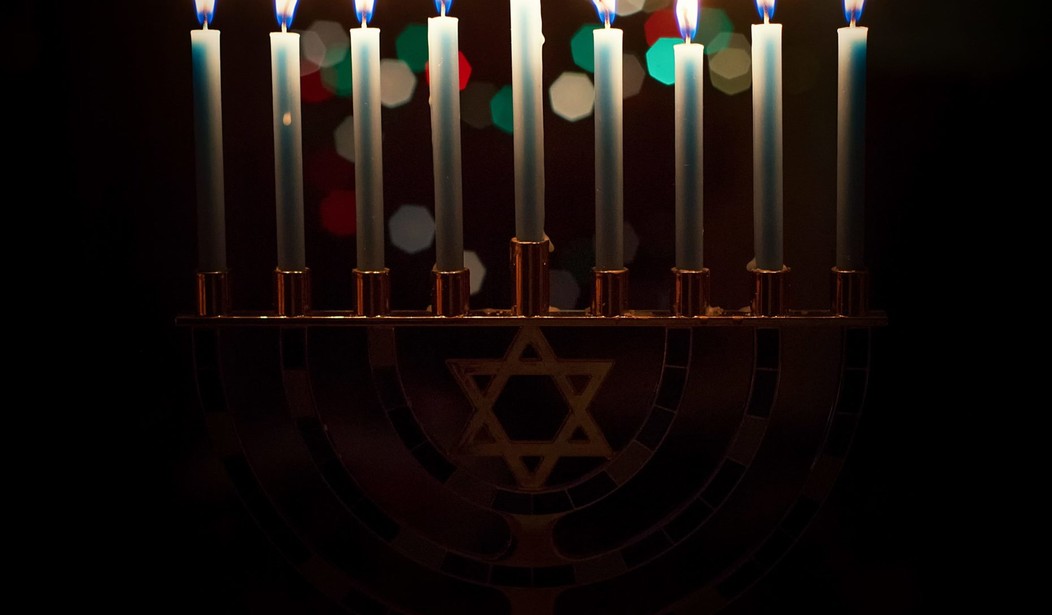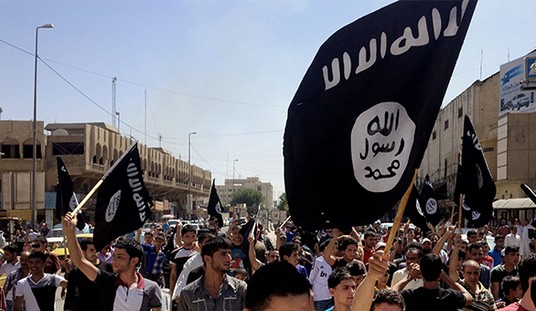In the Fourth Century BCE, Alexander the Great and his Greek armies conquered the Near East, including Israel. Over time, the Seleucid dynasty under the king of Syria became rulers of that area. Hanukkah’s history begins in the year 167 BC — approximately 2,187 years ago — when King Antiochus began removing the freedom to practice Judaism.
He told the Jews they were no longer allowed to follow certain traditions, such as circumcision and keeping the Sabbath, as they created a clear distinction between the Greek culture and ours. What began with our religion, Judaism, becoming illegal and individual Jews quickly conforming soon progressed to the Greeks forcing us to actively turn against our faith.
The Babylonians had destroyed the first Holy Temple a couple centuries prior; at the time of the Hanukkah story, the second Holy Temple we’d built was standing. Our Holy Temple is not simply a dedicated place for worship. It is a physical place that is also the foundation of our relationship with God. This was during a time when prophecy still existed and miracles were performed daily. There is a Hebrew word for the presence there: “Shechina,” which refers to the condensed presence of God in an area. While God is everywhere, in that place the awareness of his presence is nearly tangible.
Yet the Greeks seized our Temple and used it for idol worship. Antiochus completely replaced our holy environment with acts such as sacrificing pigs to false gods. While many Jews quickly turned to Greek culture and began to focus on their physiques and strength (spending a lot of time in gymnasiums), others refused to betray their faith. Those who publicly studied Torah and fulfilled its commandments were killed by a Greek without hesitation. The dreidel became popularized as Jews secretly taught and studied with their children — when a Greek soldier approached, they would pretend to just be playing with a spinning top.
One day, still in Israel, the Greeks built an altar in the town of Modi’in. All Jews were to show support to the new Greek world by sacrificing a pig on that altar. That was the final push that motivated Mattathias to do something for his people. He and his five sons began to kill the Greeks in small, strategic attacks. When Mattathias died of old age, his son Yehuda (Judah in English) became the leader of their small group. They were called the Maccabees, meaning “hammers,” and used shields adorned with the Star of David — this usage began the association of the symbol with the Jewish people. After approximately seven years of fighting for religious rights, they overtook King Antiochus, regained the Holy Temple, and compromised for their freedom to keep the Torah with Lysias, the next ruler of Syria.
They cleansed the Holy Temple and continued to serve God to the best of their abilities.
The menorah, which has seven branches as opposed to the nine-branched “hanukkiah” that we light in modern times, was to stay lit twenty four hours a day. We used special kosher, clean, and dedicated olive oil for the menorah, but due to the Greeks’ disrespect we only had a small amount remaining. We used that little bit of oil, and a miracle occurred — it remained lit for the eight days it took to get more oil. We now light the hanukkiah each year to remember the miracle of the oil and the battle we fought: eight candles to remind us of the eight days.
One rabbinical opinion held that the miracle was for seven days, because we had enough oil to light the menorah for one day. Rabbinical opinion has come to be unanimous that the eighth candle is essential even if one believes the miracle lasted seven days, because it serves as a reminder of the miracle of the Maccabees overtaking the Greek army and freeing us from their rule.
There is a ninth candle, slightly elevated above the others, on the hanukkiah as well. The shamash is used to light the other candles, because those eight candles are lit for the purpose of fulfilling the Hanukkah tradition. Eight lights for eight nights and one extra for practicality.
I strongly believe that Hannukah is one of the most underrated elements of Judaism because we tend to overlook the message behind the lighting of the candles. We place the hanukkiah by the window — where it can be seen by passersby — to show the world that we cannot be successfully silenced or controlled. We will always fight back and prioritize our faith in God and His Torah. That message, especially now in such a secularized time, must not be forgotten or ignored.
Since the attack of the Greeks, Jews have never been the same as a people. We are more secularized now than we have been in a long time; the beginning of the great decline in spirituality can be traced back to this event. This is when we lost the potential for prophecy and the Temple, and we are working and waiting to get those things back.
On the dreidel are the Hebrew letters nun, gimmel, hay, and shin. These letters stand for the phrase “Nes Gadol Hayah Sham,” translating to “A Great Miracle Happened There.” It is a miracle to remember.









Join the conversation as a VIP Member